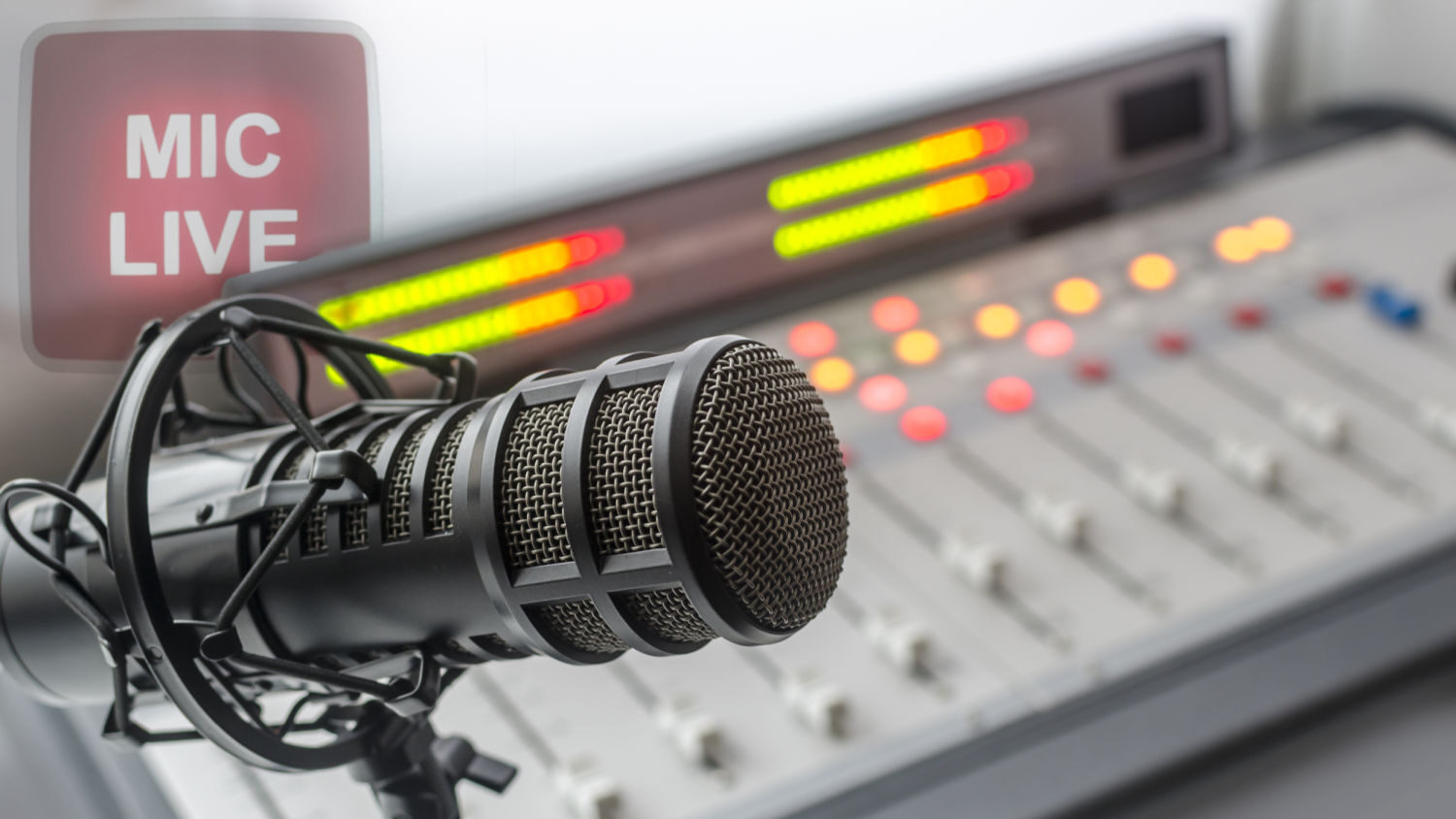-
Search Results
-
Hi, i’m using a trial of BB and it keeps freezing our streaming PC, when closing the program. I’m very annoyed because no matter what I do it keeps crashing our PC, and it keeps taking our station down.
I’ve set it up so that it’s optimised for CPU usage, i’ve taken it out of its own process, and it still crashes.
It only crashes when closing the program (or unclicking TEST in the I/O settings), it works fine otherwise, but it’s useless to me in the current condition. Any advice?
Using a clean copy of XP Home. It’s processing from soundcard line in and outputting on a breakaway pipeline device which is listened to by edcast.
Topic: Audio In?
I have a small, personal web stream that me along with a few friends and family listen to. I have recently purchased the BAE license and love it. My setup is like so:
ZaraRadio (free radio automation tool) > Breakaway Pipeline > Audigy > Edcast Stand Alone (pointed to Audigy’s What U Hear) > Shoutcast Server (I understand that SBs aren’t the best cards, but for my purposes, it seems to be ok.)
In this configuration, I am not able to bring any audio from the soundcard’s line-in jack in to BAE for processing. I have to switch the input on Edcast to Audigy’s Line-In, and it’s raw and unprocessed and I don’t get any audio from ZaraRadio.
I found that Zara has a satellite in option and I’ve fiddled with this feature and could not get any live audio into Zara.
What it feels like is that BAE will only accept 1 source of audio at a time. I checked creative’s site for new drivers and I’m running the latest.
My Pc does have an onboard crappy soundcard (now disabled in bios), will enabling that help anything?
Thanks for your ideas.
New versions!
Twente preset updated — much better bass handling.
LiveLink DSP support in both Breakaway Broadcast and Breakaway Live!
LiveLink DSP allows you use BBP or Live with DSP plug-in hosts such as SpacialAudio’s SAM Broadcaster, without using Breakaway Pipeline (thus circumventing Microsoft RDP Audio Driver). Instructions here.
Also new: A page with free DSP plug-ins!
For example, 3 Phase Rotation DSP plug-ins.
Unlike the Phase Scrambler built into Breakaway Broadcast, these are traditional phase rotators tuned in different ways. Two of them simulate the sound of other audio processors — especially "Phase Tornado" 🙂. Check them out on the free plug-ins page.
Oh, and the new versions:
Breakaway Live 0.90.69
Breakaway Broadcast 0.90.69Best regards,
///LeifHi guys!
Long time no see — I’ve been busy — developing Breakaway FM!

It looks a lot like regular Breakaway, but the similarity is superficial — under the hood, most everything is new.
This is a real FM processor.
Abridged feature list:
- Advanced Distortion Cancelled Clipping back-end, for unprecedented clarity on FM, while being competitively loud. It’s significantly cleaner sounding than anything on the market — $10000+ boxes included.
- PHASE LINEAR from beginning to end, to maintain waveform fidelity even with pre-distorted CDs
- Pre-emphasis (75 / 50us for FM, 25 / 15us for webcasting)
- Adaptive asynchronous sample rate conversion (Input 44100 – 192000, Output 44100 – 192000)
- FM Stereo Encoder (MPX), with Pilot+RDS input for using an external RDS encoder, or Airomate RDS software.
- Line-up tones: 400hz, 1000hz, 60hz Square, Sweep, and Bessel Null tones
- Adjustable Tilt correction, separate for L/R and MPX outputs
- Phase Linear Parametric EQ for the MPX output, to compensate for sound-card frequency response
- Defeatable L/R output de-emphasis — so you can preview the audio with your regular sound card
- Three breakaway pipelines — for easy interfacing to any software on your computer, both input and output.
This is a BETA version. It’s not ready for release yet — but hopefully will be soon 🙂.
This version is also usable for webcasting.
Breakaway Web will follow shortly after release of Breakaway FM — but the two will not be the same.
Breakaway Web will have selectable Phase Linear or Low Latency (Breakaway Personal is always Low Latency mode), and use look-ahead limiting for peak control. It will be very CPU efficient — roughly the same as Breakaway Personal.
Breakaway FM, on the other hand, uses an advanced distortion-cancelled clipper. It uses much more CPU, but when selecting 15 or 25us pre-emphasis, and enabling de-emphasis, it will allow you to make an even LOUDER webcast than Breakaway Web will. So, if absolute loudness is important — if you want your stations to jump out of the speakers — then Breakaway FM will be the best choice, even after Breakaway Web is released!
Breakaway FM will be $199. Breakaway Web will be less.
Enough talking. Check it out! 🙂
http://bredband.leif.cx/browse/bafm <– download here
If you’re interested in how Breakaway FM stacks up against market leading hardware processors, head on over to:
http://mpxtool.com/site/torture-test.html
…where you can download recordings of different processors, and A/B compare them using MpxTool (the free demo version).
///Leif
